Excrement
The Not-So-Distant Past Sins of Amtrak



Posted By: Paul - Tue May 14, 2024 -
Comments (3)
Category: Excrement, 1980s, Trains
Fresh Air Breathing Device
Full patent here.

Posted By: Paul - Tue May 07, 2024 -
Comments (3)
Category: Body, Inventions, Patents, Firefighting, Arson, Wildfires, Infernos and Other Conflagrations, Danger, Risk, and Peril, Excrement
Wizz Air to fly on human waste
So there really is a European airline named Wizz Air (I had to check wikipedia to make sure it was real), and it recently announced that by 2030 "up to 10% of its flights could be powered by sustainable aviation fuel (SAF) derived from human waste." From msn.com:
Posted By: Alex - Fri Apr 19, 2024 -
Comments (0)
Category: Excrement, Air Travel and Airlines
Defecation relief unit for aeroplane personnel
How do fighter pilots poop while in the air? I think the answer is that they try very hard not to, because if they have to go, they're going in their flight suit. Back in the 1950s Constantin Paul Lent, et al., tried to come up with an alternative. From their patent (No. 2,749,558):Comparatively speaking it is an easy matter to provide adequate latrines for the men in the forces on land and sea. When the time comes to eliminate, one just walks to the nearest comfort station. But in the Air Force the problem of elimination can not be always solved that easily especially by aviation pilots...
The applicants are cognizant that there are relief tubes provided on most all jet planes for urinating, but no single seat aircraft is equipped with a safe and sure means for defecation. When the pilot of the jet, due to accident or enemy action needs to eliminate, the problem of defecation becomes acute. The pilot must wait until he lands his craft; and quite often he must remain aloft for a considerable length of time before he has a chance to visit a comfort station on the ground. In many cases due to the physiological and psychological effects produced on the pilot by enemy action, he is forced to eliminate even before he has a chance to land his plane.

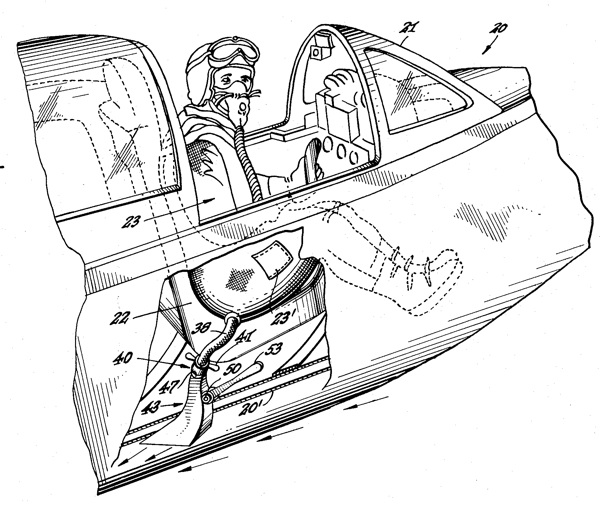
Posted By: Alex - Sun Mar 24, 2024 -
Comments (0)
Category: Flight, Patents, Excrement, Air Travel and Airlines, 1950s
The Destroilet Automatic Combustion Toilet
The Destroilet was the first commercially successful incinerating toilet. They were sold in the 1960s and 70s, but after that the company seems to have gone out of business. Incinerating toilets, however, can still be bought.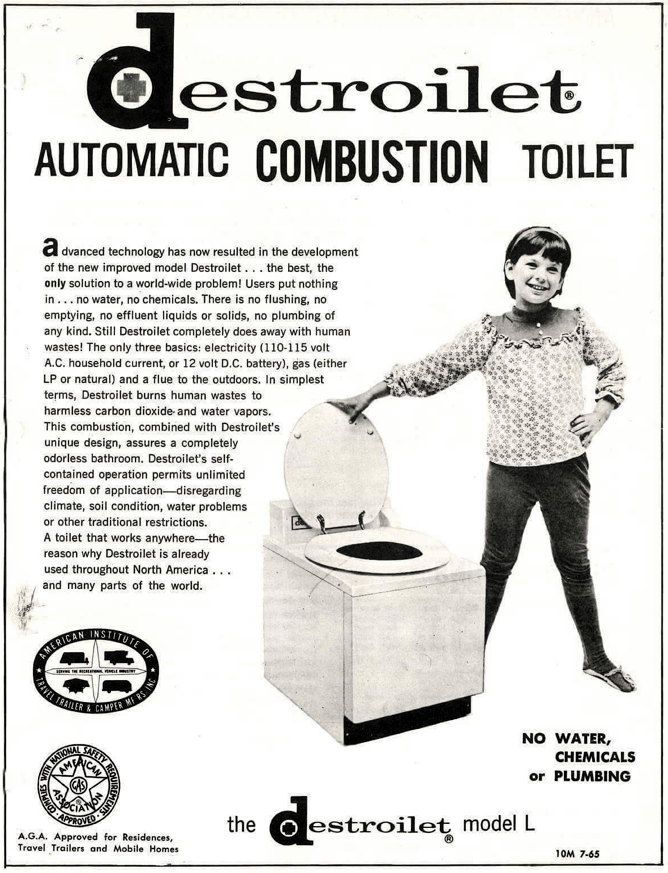
image source: kohoso.us
More info from Lifting the Lid: An ecological approach to toilet systems (1999), by Peter Harper and Louise Halestrap:
Disadvantages:
- an electricity connection is needed
- electricity consumption potentially significant – often the toilet will become the largest-consuming appliance in the house
- they are vulnerable to SHOCK LOADS – there is an upper limit to the rate at which it can accept inputs over a short period
- problems often arise if the unit is not in continual use
- the product may be hygienic when removed, but may not be actually composted and requires further treatment to become stable
- there is a risk of total failure in the event of an extended power-cut
Sometimes such compact electrical toilets are the best and only solution, but in practice users are often dissatisfied. The units are very sensitive to misuse – readily overwhelmed by a serious party, for example. Re-commissioning after a breakdown is not a job for the faint-hearted. A common problem arises when the units are installed in holiday-homes and are left for long periods without use. The de-watering process can sometimes transform a mixture of toilet paper, urine and faeces into a kind of paper mâché that coats the innards of the toilet so tenaciously that it is almost impossible to remove. Its strength is so impressive one imagines there could be industrial applications for it.
Posted By: Alex - Sat Oct 21, 2023 -
Comments (1)
Category: Bathrooms, Body Fluids, Excrement
Automatic Cat Litter Box—Under Cat’s Control
I detect one small flaw in this concept, hidden in the phrase "the cat is trained..."Full patent here.
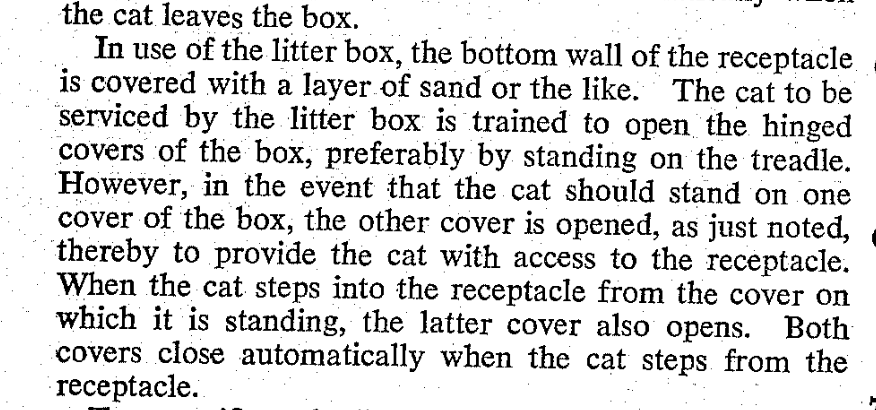
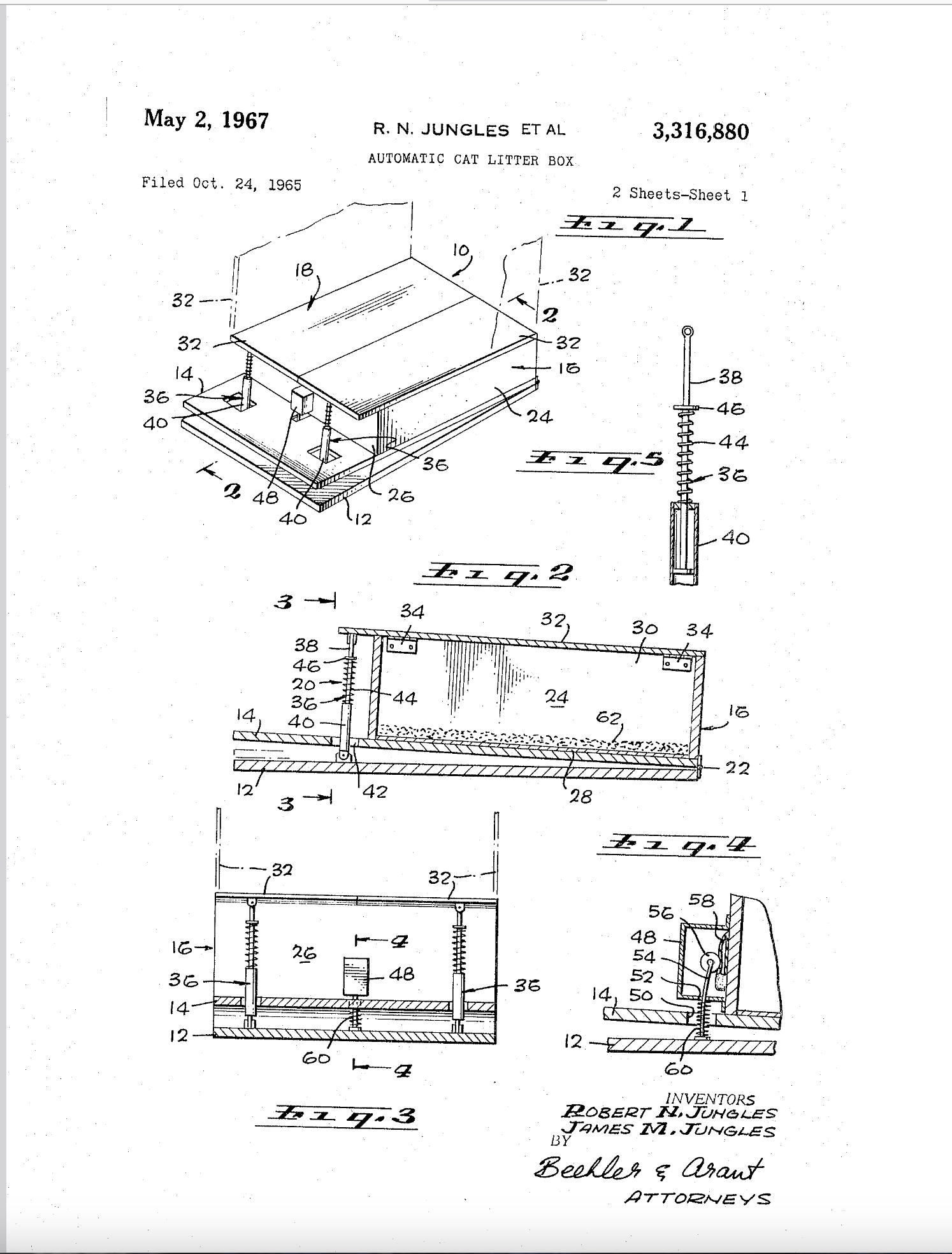
Posted By: Paul - Sun Sep 10, 2023 -
Comments (0)
Category: Patents, Excrement, Cats, 1960s
The Scatalogic Rites of All Nations
Read it here.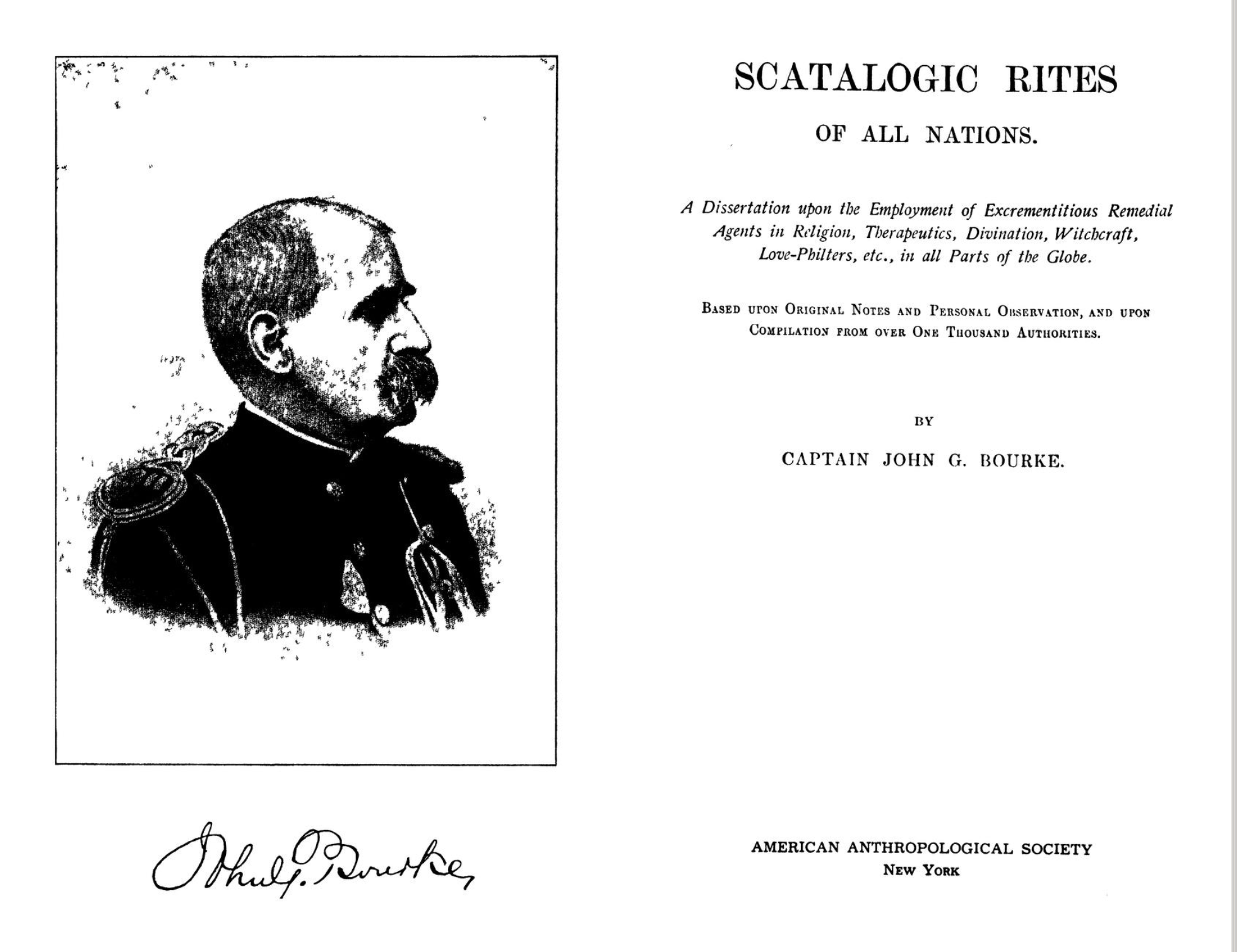
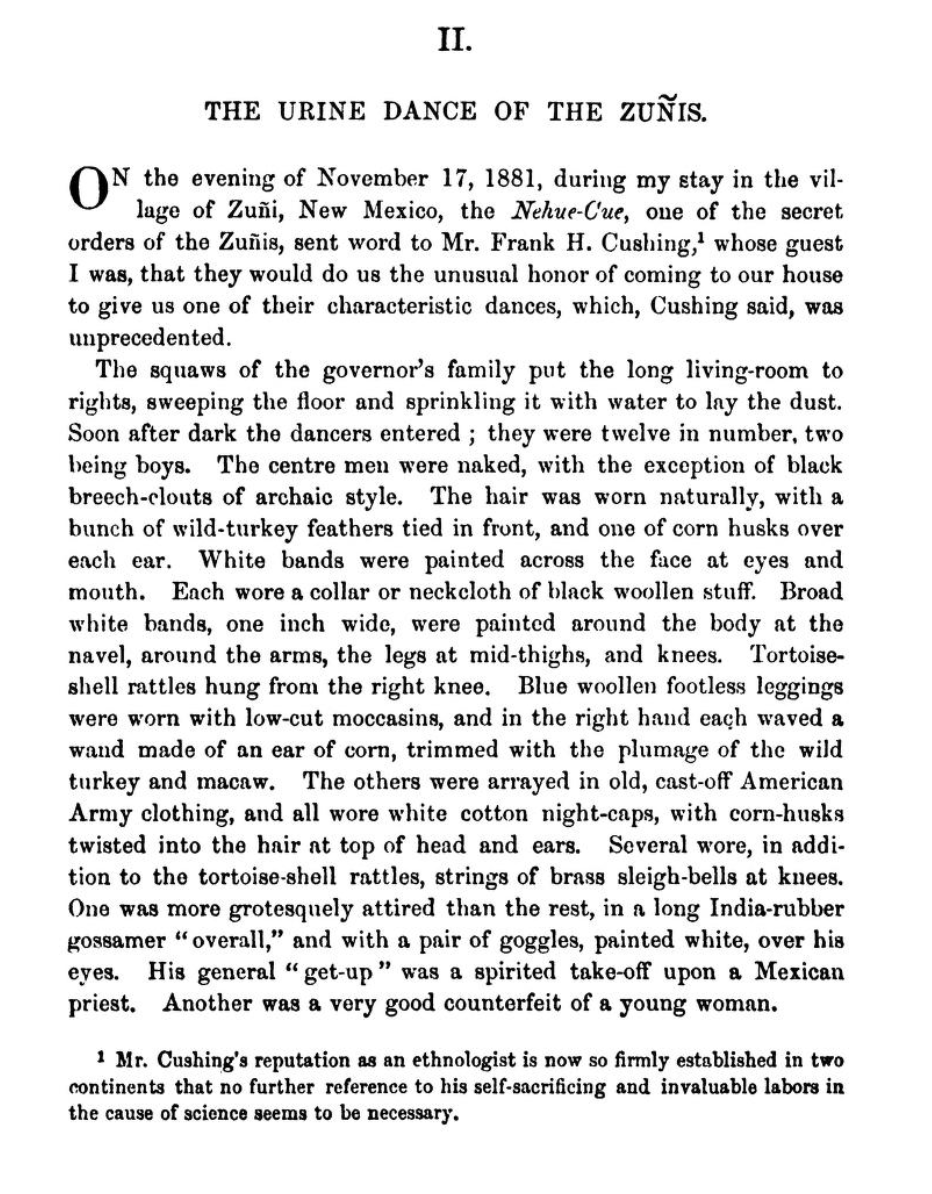
Posted By: Paul - Mon Jul 10, 2023 -
Comments (0)
Category: Hygiene, Excrement, Regionalism, Anthropology, Nineteenth Century
Building houses with diapers
Concrete uses sand, and this is a problem due to a growing shortage of sand. However, Siswanti Zuraida, a researcher at the University of Kitakyushu in Japan, has proposed that cleaned and shredded diapers can be used in concrete as a sand replacement:More info: New Scientist
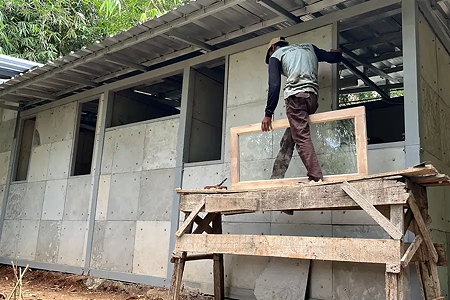
Posted By: Alex - Tue May 30, 2023 -
Comments (0)
Category: Architecture, Babies, Excrement
Jalaproctitis
Jalaproctitis is the medical term for the rectal burning sensation often experienced by people when they defecate after having eaten jalapenos. It was given this name by researchers at the University of Texas who conducted an experiment to study the effects of jalapenos (whether it acted as an expectorant, caused painful urination, and burning defecation). From the New England Journal of Medicine (Nov 16, 1978):After giving informed consent, subjects consumed as many large jalapenos as could be tolerated in a three-minute period. The number of peppers consumed ranged from three to 13, with a median of five. Three of the participants noted lacrimation and rhinorrhea immediately after the contest. In none did cough or sputum production develop. One male subject complained of dysuria, and four of five noted a burning discomfort on defecation within 24 hours of the contest.
The limited information obtained from this study does not indicate clinical usefulness of jalapeno as an expectorant. We believe that jalapenos may well be the cause of transient dysuria and, in addition, may result in a syndrome of burning defecation that might appropriately be termed "jalaproctitis."
Posted By: Alex - Sat Mar 18, 2023 -
Comments (3)
Category: Food, Experiments, Body Fluids, Excrement, Pain, Self-inflicted and Otherwise
SHT and SCAT
In his 1983 book Big Business Blunders: Mistakes in Multinational Marketing, David Ricks tells the following story:I've been able to find ads for SHT, such as the one below, but none exactly like the one that Ricks describes. Which doesn't mean the ad doesn't exist. Just that it isn't in any journals archived online.
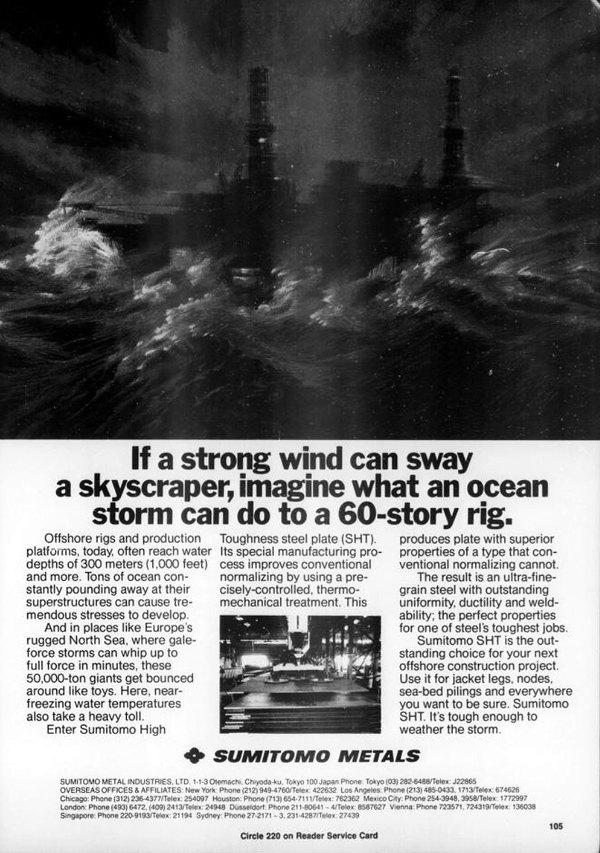
However, among the ads for SHT that I was able to find, I found one that actually improves (and possibly complicates) Ricks's story. Because it turns out that Sumitomo had another product, Sumitomo Calcium Treatment, that it abbreviated as SCAT.
Once I could accept as an honest mistake, but coming up with scatalogical abbreviations twice seems intentional. I'm guessing either someone at Sumitomo thought it was funny, or someone at the Japanese agency was having a joke at their expense.
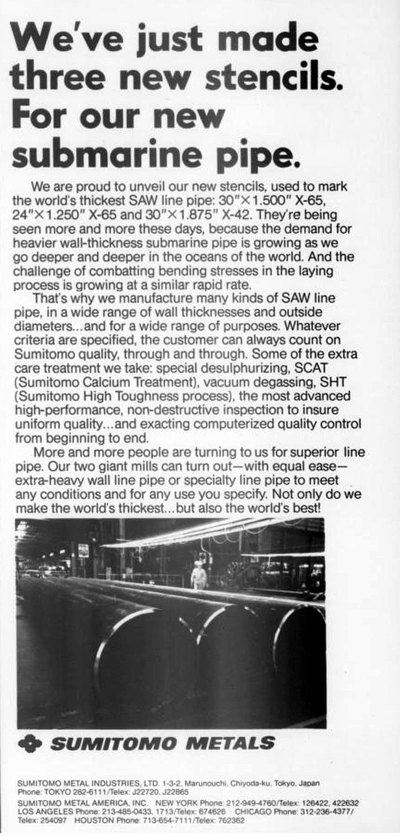
Posted By: Alex - Sun Nov 27, 2022 -
Comments (1)
Category: Business, Products, Odd Names, Excrement, 1980s

| Who We Are |
|---|
| Alex Boese Alex is the creator and curator of the Museum of Hoaxes. He's also the author of various weird, non-fiction, science-themed books such as Elephants on Acid and Psychedelic Apes. Paul Di Filippo Paul has been paid to put weird ideas into fictional form for over thirty years, in his career as a noted science fiction writer. He has recently begun blogging on many curious topics with three fellow writers at The Inferior 4+1. Contact Us |




